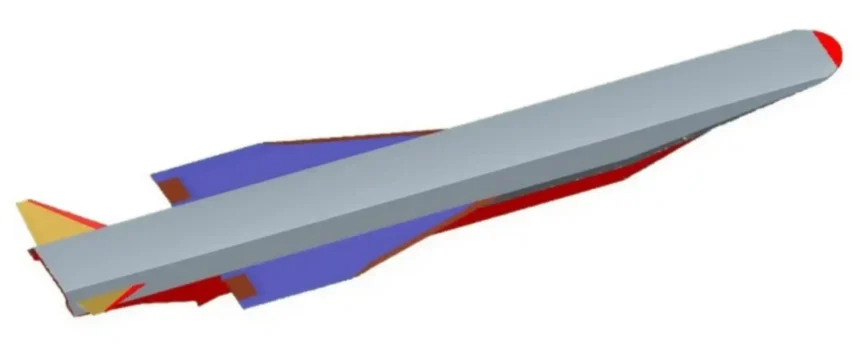July 27, 2025 – India stepped up in the race for hypersonic tech when its Hypersonic Technology Demonstrator Vehicle (HSTDV) passed a big trial in 2020. Developed by the Defence Research and Development Organisation (DRDO), the HSTDV is powered by a scramjet engine—built for extreme speeds by gulping in supersonic air. During the landmark test, a solid rocket booster took the vehicle up to 30 km above the Bay of Bengal. Then the scramjet switched on, pushing the HSTDV to around Mach 6, or six times the speed of sound.
This wasn’t just one launch. DRDO ran years of wind tunnel and lab tests at its facilities, using peer-reviewed methods documented by the Ministry of Defence. In the 2020 flight, sensors on the vehicle sent back real-time data: temperature, speed, and airflow were all tracked to confirm the engine was working as planned.
The HSTDV’s 2020 result gave India a seat at the table with only a few countries—the US, China, and Russia—that have shown meaningful progress in hypersonic systems. Successful scramjet ignition in real air at such altitudes marked a first for India and proved the design could survive brutal heat and pressure outside the lab.
The plan for the HSTDV goes beyond research. It’s meant to help India build faster missiles, next-gen access to space, and maybe someday hypersonic aircraft in partnership with its private tech sector. Since 2020, the Ministry of Defence and DRDO have published peer-reviewed studies confirming the flight’s results and sharing design improvements. The solid rocket booster used was an Indian design, showing growing self-reliance in high-end rocketry.
With this leap, India’s scientists have shown the country can make, test, and run advanced scramjet systems—an important step in future missile and aircraft development.

